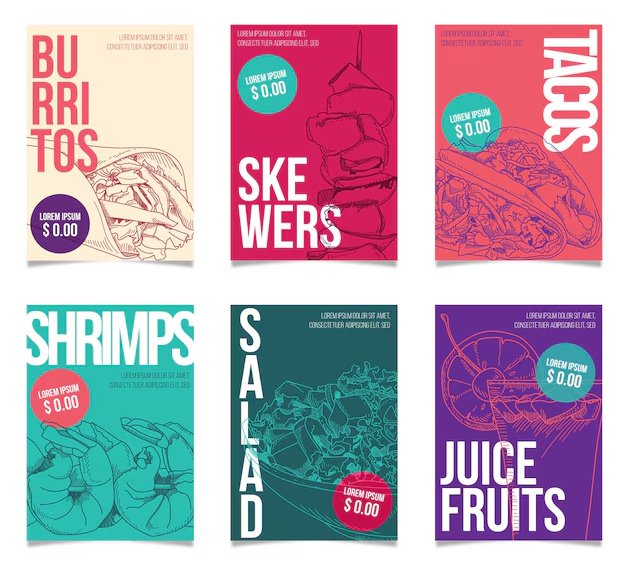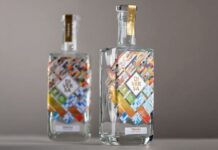As everyone knows by now, since then a wide sweeping change has brought India into the centre-stage of IT, BPO and outsourcing activities in diverse fields. Happily, this can be said to be true for packaging too. Today, many of the the world’s leading multinationals including Procter & Gamble, the world’s leading FMCG company, are using the facilities of Packaging Design Centres based in India. As one knows, their requirements are of the highest order without any scope whatsoever of being less than “First Time Right”. These centres are fully staffed, equipped and experienced to handle even those products that are not meant to sell in India.
We have learnt that Maxicare Overseas Associates is one of the leading Design Centres offering this support from India to organizations not only in the Asia-Pacific region but also the USA and Europe. “Effective packaging is a unique mix of Marketing, Engineering and Creativity,” says Mr. Nagesh Sagar, MD of Maxicare Overseas Associates. “And that is exactly why we are able to score over the rest of the world. We offer a one-stop-shop that combines top-notch engineering with world class creativity to offer packs that are developed at a cost that is almost 30% cheaper than the First World and even much faster.”
“Our creative capabilities are in no way less than the best in the world,” he continues, “and, in fact, due to our cultural similarities we are able understand the sensibilities of the ASEAN region’s consumer better.”
A close look at the sophistication, range and variety of the packs developed at this Center makes evident the quiet revolution that has lately been sweeping into the packaging industry in India. Innovative mould design has resulted in creating packs that are not only good to look at and easy to use, but also easy to produce. Creative use of print technology has resulted in reproduction of complex images with multi-lingual text that are relevant to their target markets. This activity covers everyday use products from toothbrushes and shaving razors to deodorants and home care solutions. Several packs are developed in “versions” that are essentially the same but slightly “tweaked”, or adapted, to suit the particular market towards which they are aimed. In several cases, the entire product is conceived, designed, developed and even initially sourced entirely out of India although it may be intended for sale in a third country.
“Product development today, the world over, has become increasingly cost competitive,” observes Sagar. “Sometimes, in cost conscious markets such as India and parts of the ASEAN Region, the only way to achieve market penetration is by tweaking the packaging and thereby achieving a more premium appearance for a basic product which may essentially be the same as any competitors.” He also mentions how, by painstaking value engineering and process validation it is possible to squeeze out every possible “cent of a saving” from the packaging which is then used strategically by the product management to position and price the product better. This, in turn, helps the product to reach out to more and more consumers and deliver the benefits to all.
Process Integrated Packaging Design
In order to ensure that outsourced Design Center activities can go on smoothly without putting their business at risk, the principal companies have put fully integrated packaging development software programs in place. For starters, these are controlled strictly by rigidly managed Non Disclosure Agreements which bind the design companies to legal compliances that prevent any brand specific, process specific or other relevant information to be divulged outside the company. No doubt this serves to protect their interests and any possible leaks about strategic product activity to competition.
Going further, the entire development cycle is controlled by a set of “Decision Points”. After receiving an initial Packaging Development Request from the concerned Product Group, the Design Center develops the concept broadly and presents it for initial approval to the next “Decision Point”. At this point, the feasibility and suitability of going ahead with the Request is reassessed and the process moves on to the next stage only after a reconfirmation. Once a request has crossed the initial Decision Points, it is easily processed for its operational and engineering requirements and finally delivered to any of the pre-approved packaging vendors of the principal company for manufacturing and supply. At this point, the Design Center ensures that the development inputs being provided to the specific vendor take into account the “machine signature” of the production or printing machine on which the particular component is to be manufactured. This may be in terms of the dimensional or color tolerances that need to be maintained. It ensures that dimensional and print accuracy is painlessly achieved.
The entire system of developing a Packaging Request is controlled on-line by a secure communication network connecting a Product Marketing Group that may be sitting in the US on the one hand, and a packaging material vendor located in China, with the designs being developed in India for a target market in Indonesia! It is interesting to remember that, at no point during this entire process, is there any physical transit of data. The whole process happens electronically, leaving room only for the physical movement of print proofs or component samples for actual viewing.
Regular Assessment of “Quality Incidents”
Inspite of the geographical spread and the complex blend of engineering, statutory, legal and marketing issues, a determined attempt is constantly made to ensure that the entire packaging development process happens smoothly and is thus “incident free”. Regular reporting of “quality incidents” is in-built into the process and efforts are made constantly to get better and better at it. “We are governed by a Quality Incident Target of less than 0.5%, in a full year,” says the Design Center Head. Since this particular Design Center offers not just design and art-working services but is also responsible for technical pre-production of the print material, there are obviously several dozens of steps along the way where potential quality incidents can occur. The Design Center carries the entire responsibility of ensuring that the entire process is managed efficiently, end-to-end, with the least liability on the Product Management Group. To overcome the potential pitfalls and to take the guess-work out from such a complex process involving several people and agencies spread across the globe, several pre-planned templates have been developed for use in cases of 2D or 3D design. These include key-line drawings for cartons, labels, tubes, sachets and blister cards. For bottles, caps and closures, similarly, norms and tolerances have been standardised and are applied keeping in view the requirements of the filling and packaging plant for which the packaging components are destined. This becomes even more critical when one product is to be manufactured across several centers.
Ready to go the “extra mile”
Taking a close look at this process of Integrated Packaging Development, it soon becomes evident that the biggest beneficiary in the process is the brand owner. Expensively budgeted in-house packaging design studios are replaced by third party investments and expertise. For example, internal resources do not have to be allocated towards managing bar-coding (GTIN or EAN) programming. In several cases where packaging has to lead advertising strategy and the product is not yet ready, the Design Center vendor can easily help by creating life-like 3D renderings or even dummies of the packs. Artworks can be created using detailed photo-shop renderings drawn painstakingly by several skilled illustrators instead of conventional photography, thus saving a lot of extra costs. Full responsibility of collecting, collating and displaying all statutory and marketing claims on the packaging is passed on to the Design Center. In many cases, the flexibility offered by using a third-party resource, by an otherwise large (and possibly highly bureaucratised) corporation, allows it to drastically cut down product development lead times from the conventional 12-14 months to even as low as 2 weeks, in some rare instances!
Clearly a few pioneering corporations are already tapping into the vast talent pool offered by the maturity of the Indian packaging industry combined with its innovative creativity inspired by a centuries old cultural ethos. Today, the moment has arrived when packaging designed from India can surely go the “extra mile” around the globe.
Deepak Manchanda is a Consultant in Packaging Design & Technology with over 30 years experience in the packaging industry, from the Central Design Services of Metal Box, to Packaging Development in Ranbaxy, Dabur and Oriflame India. Currently, he is with Autumn Design Consultants. He offers packaging design solutions to a wide range of clients in varied industry sectors.












